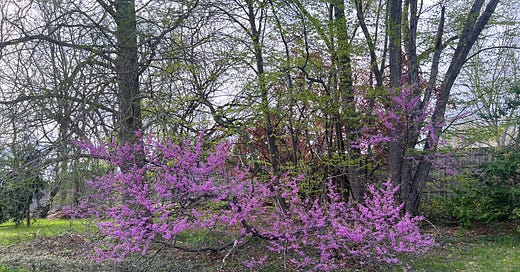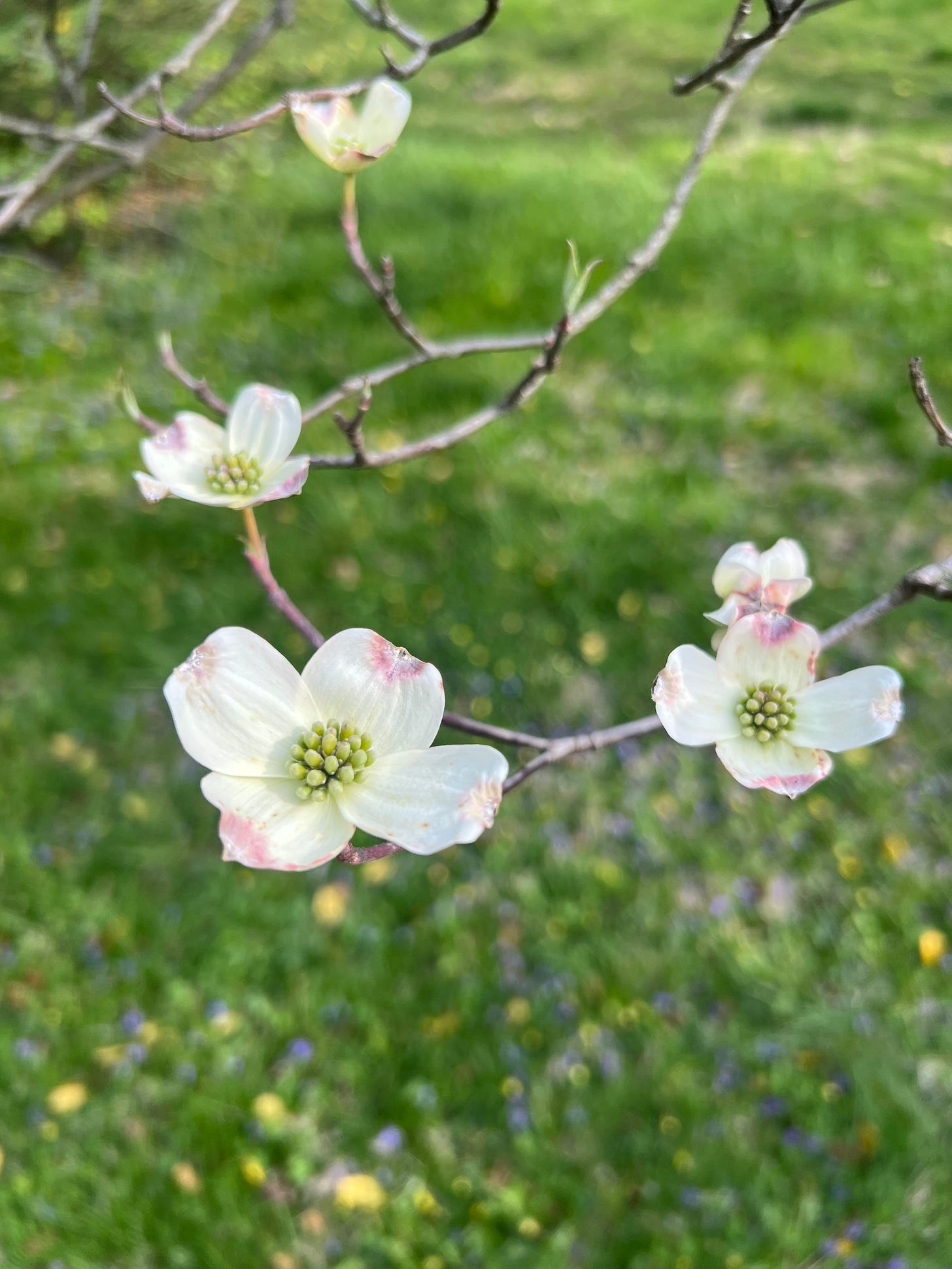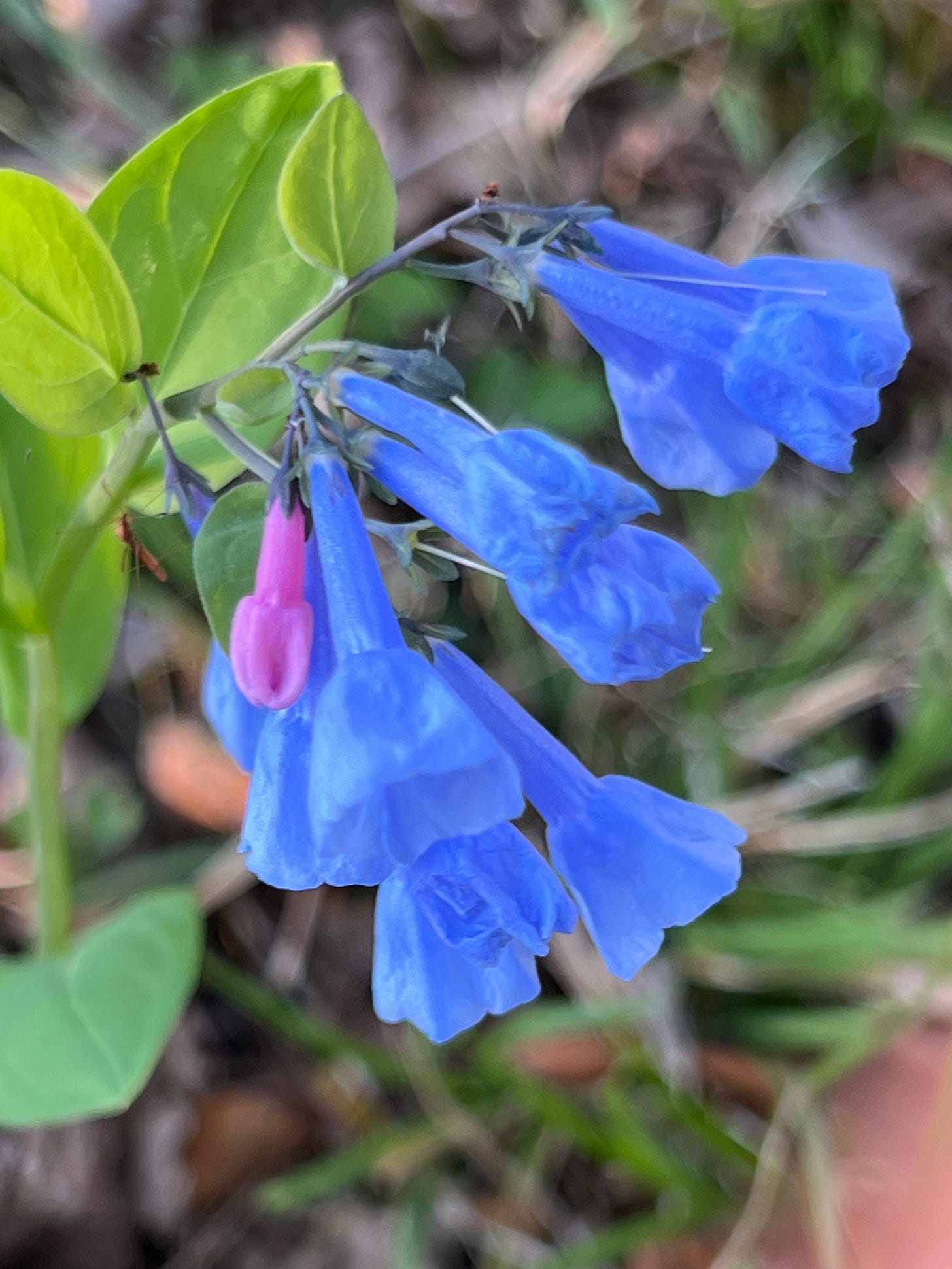Last fall I noticed that an old Eastern white pine near the big pond had developed a rotten hollow area about four feet tall at the base of the trunk. Not good.
After consulting with an arborist, we reluctantly concluded that the tree (Pinus strobus) had to come down. If it fell on its own, which was inevitable, it would either pitch into the pond or crush the deer fence. No matter where it fell, it would likely damage other mature trees and some younger ones. Furthermore, if it did fall into the pond, extraction would prove difficult, as the area cannot be reached with large equipment, which would do further damage to sensitive wetland areas.
Instructed to leave a big snag and spread removed limbs about the woods, the arborist came two weeks ago. By the by, he informed me that he’d managed to leave a flying squirrel nest intact, although the squirrels found ways to express their outrage while his men were at work.
My first reaction was surprise upon learning flying squirrels live on the property, but perhaps I should not have been surprised to be surprised, as they are nocturnal. My second reaction was to worry about the nest. Last year, while felling a small dead sassafras tree, we accidentally killed several woodpeckers, which I wrote about in shame here. But this time the arborist intentionally kept the snag high enough to save the nest, and it turns out flying squirrels have the ability to relocate their young if they feel threatened. Phew!
Next I got to thinking further about flying squirrels, of which I know precious little. These lot are probably southern flying squirrels (Glaucomys volans), also known as assapans. They require old trees for their nesting cavities, and there are several that fit the description in that corner of the property, although when I read about species that require old trees it reminds me of how few we have left.
The secret presence of these nocturnal squirrels also got me thinking about what other creatures of the night we miss on a regular basis. I know raccoons pass through because our Ring camera catches them by the back door and I see the results of their bird feeder raids in the morning. The night camera also captures foxes, which we also see in daylight.
Mice and rats are most active at night. We see more dead mice than live ones around here, due to their insistence on entering the house in fall.
We’ve never seen a rat of any kind, but the Eastern wood rat (Neotoma floridana) could be out there somewhere. So, too, might the Virginina opossum (Didelphis virginiana). We only tend to see those poor slow things trundling across the road at night or in the tragic aftermath when they fail to make it safely.
Truth be told, I’m not eager to wander about the place with a flashlight discovering night critters. We keep Puddock Hill dark for nature, mostly the nocturnal arthropods that go unnoticed by most humans, and darkness can sometimes lead to unpleasant surprises, which I suppose is why many people feel compelled to illuminate everything in sight.
Now that the poor old pine has been reduced to a lonely snag, I plan to go back to giving the flying squirrels their privacy.
Spring has sprung at Puddock Hill, and I don’t have enough space for all the photos! Here are a few natives…
A beautifully fallen Eastern redbud that keeps coming back:
Wild blue phlox (Phlox divaricata) in a no-mow area:
Blossoms on an old flowering dogwood (Cornus florida) near the barn:
Witch alder (Fothergilla spp.) in a bed we carved out of the front lawn:
Virginia bluebells (Mertensia virginica) near the big pond slope are ready for their closeup:








Interesting. Thanks for the tip!
Stratching on a tree trunk during the day may get flying squirrels to check you out from high above to be sure you are not climbing. Beats a flashlight. I've seen flying squirrels glide to a bird feeder at night. I rarely look there at night.